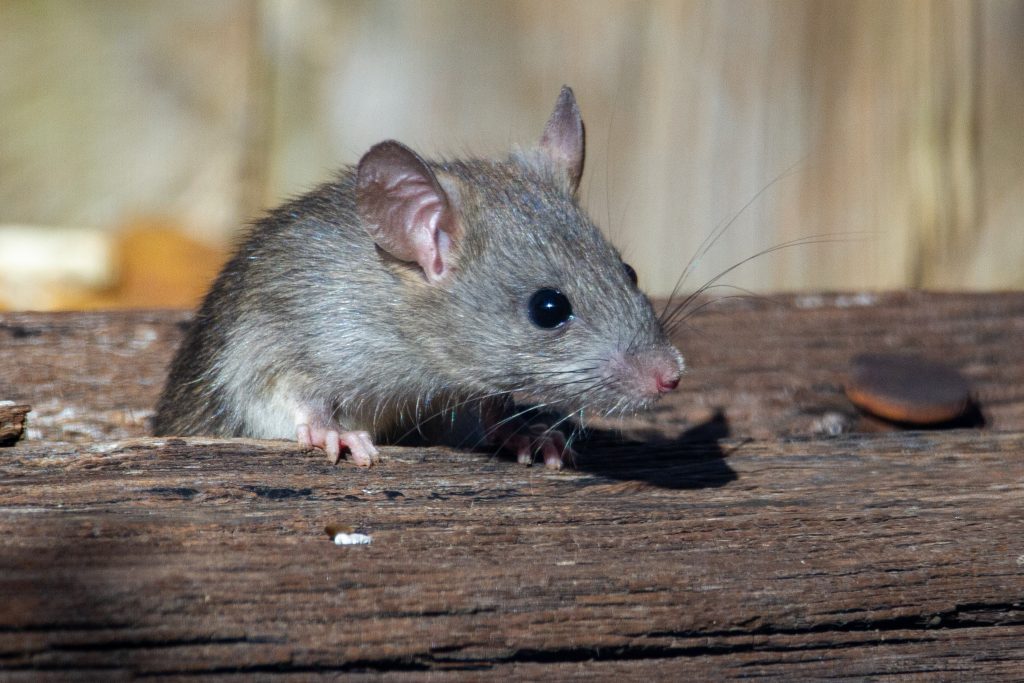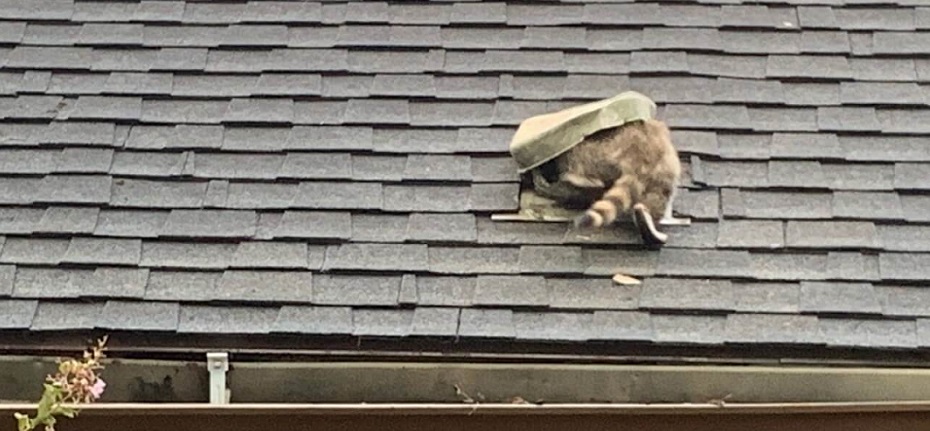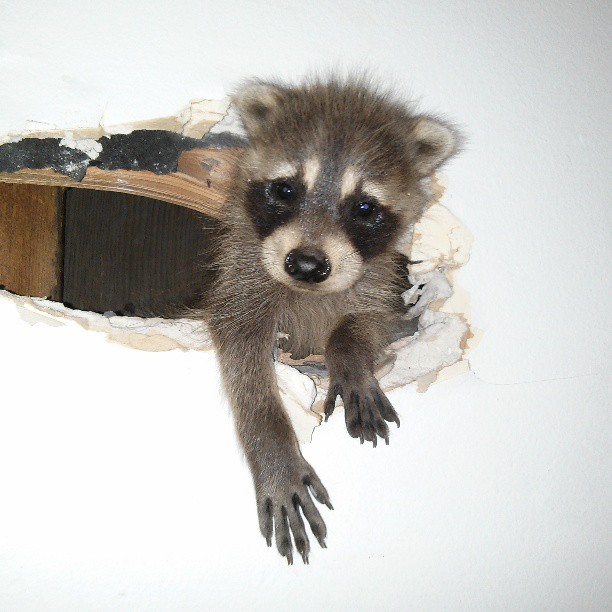It’s rare to see a mouse during the day. But are mice nocturnal? Not necessarily. Mice will avoid people so they’re active when you aren’t. That could be when you’re sleeping when you’re at work, or when you’re in another part of the house. So where do mice hide to stay away from you?
Mice Habitats & Hiding Places
Mice typically do not travel more than 30 feet from their nests, made from materials they find in your home. Nesting materials include insulation, cardboard boxes, the stuffing in pillows, furniture stuffing, pieces of paper, carpet, leaves, and even trash. Mice nests are not pretty like bird nests. They’re just balls of scrap materials. They will store food and give birth in their nests.
Where Do Mice Hide in a House?
Wherever people aren’t. Mice live in areas that people aren’t, such as wall voids and cabinets, suspended ceilings, or even in the voids inside appliances like stoves. Until you’ve grappled with a mouse problem, you might be surprised at how much space exists in your house that you don’t see.
The typical mouse nest: Mice prefer to construct their nests in darker, secluded areas adjacent to sources of heat, such as compressors, pilot lights, and water heaters. Roughly in the shape of a ball, the nests are usually 4 to 6 inches in diameter. Mice make them out of fine, shredded, fibrous materials.
Common Hiding Places to Find Mice
- Kitchens. In kitchens, mice usually hide under large kitchen appliances, like fridges or stoves. They can also hide inside kitchen cabinets,
- Bathrooms. In bathrooms, mice like to hide under or inside cabinets.
- Bedrooms. One shudders to think about it, but mice could be under your bed, or worse, inside of it. Mice also appreciate closets, since they are dark–and many of us don’t clean them as regularly as we ought to.
- Basements/garages. Basements and garages have the ideal characteristics for a mouse habitat. They are dark and secluded most of the time. They are notorious dumping grounds for all kinds of bric-a-brac. Major appliances like water heaters provide warmth.
- Attics. One of the most common areas to find mice are in the attic. Mice are excellent climbers, and homeowners rarely go into their attic. Mice can use insulation, cloth, cardboard boxes, and other materials in an attic to create a nest.
- Crawl spaces: There are many reasons homeowners find mice hiding in crawl spaces. Crawl spaces offer easy access to an undisturbed place to nest and give birth.
Signs of Mice Hiding in Your Home
Do mice come out during the day? Yes, and signs of mice activity are often found along baseboards and wall edges. Look for feces and urine trails or runways that mice leave everywhere. You may also notice gnaw marks on wires, wood, cabinets, hoses, and pantry items. You may even catch a glimpse of one scurrying across your countertop or along baseboards when you flip on the lights before it can get back into hiding.
You might not see a mouse, but you can hear them. House mice are also notorious for making scratching sounds noises as they move behind baseboards, drywall, and floorboards in homes. These sounds are caused by the pests’ nails digging into surfaces for grip.
If you have cats or dogs, they may smell a mouse and try to track it and capture it. They may even be able to help you find their nest.
Where do mice hide outside?
Like most pests, mice look for shelter–like that which occurs in dense underbrush and under debris. Landscaping with regularity and keeping your yard free of clutter is an easy way to make it less attractive to mice–and more attractive to the neighborhood at large.
When are mice active?
Mice are usually nocturnal but can be active during the day. Because of this, you rarely see a mouse. You are much more likely to find their feces. Mice droppings are about ¼ of an inch long–around the size of a grain of rice. Also look for signs of gnawing on doors, ledges, or stored materials. Mice make a good deal of noise; some of their favorite pastimes–like running around and chewing on stuff–can be heard if you listen closely.
Getting Rid of Mice Hiding in Your House
Getting rid of mice can be more about what you don’t do. For example, don’t touch a mouse nest barehanded. Do not clean mouse droppings or urine without wearing gloves and a mask. Do not touch a mouse. Do not eat food out of a container that a mouse chewed. The reason is that mice spread diseases, contaminate foods, and their waste can grow mold spores, which can be dangerous to humans when inhaled. Mice are carriers of parasites that can be transmitted to humans.
Using a mousetrap does not guarantee the elimination of your mouse infestation. Mice reproduce often, and it only takes them a few weeks to deliver a litter of at least five mice. They can potentially birth five or more litters in a year. While you may think you have one or two mice, you may have an infestation.
The best method of mouse control in your house is to call a professional, who can then do a thorough inspection and use the proper bait and traps to get rid of rodents in your home successfully.


